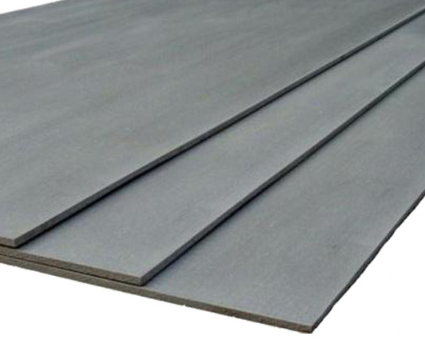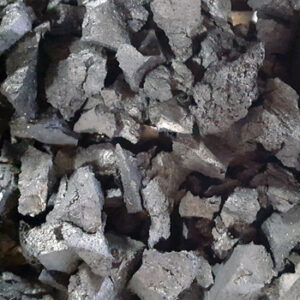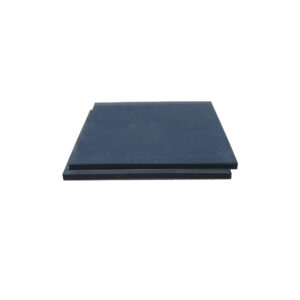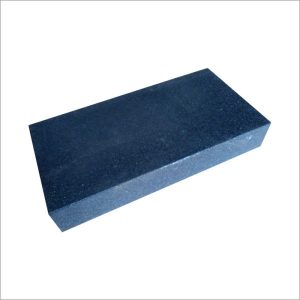Our ballistic steel is made in USA, and is an abrasion resistant type (i.e. AR500, AR400) with a high content of carbon designed specifically to have greater hardness properties than regular steel.
Hardness is the quality most sought after as it provides resistance to ballistic impact applications ( e.g. bullet traps) and typically comes at the expense of strength, making AR wear-resistant steel an ideal material for harsh, high-abrasion, high-impact conditions, but not necessarily for other structural applications. It is indispensable however for creating a safe shooting barrier.
Note: max width is 5ft and max length is 10ft
Applications
The most common applications for AR500 steel, or other variations of the impact resistant steel, range from Heavy Equipment and Mining, Plates for Shooting Ranges, Targets, to a variety Armor plates. AR500 sheets commonly come in thickness ranging from 3/16″ to 2″ but most common use for Target Shooting is 1/4″ or 3/8″. Heavy rounds of rifle ammunition may require up to 1/2″ thick AR500 steel depending on the distance. It’s composition and hardness make it a difficult steel to work with to maintain it’s structural integrity. There are several methods to cut and work with Abrasion Resistant Steel however some can weaken the material, leaving deep pitting or holes in the material after high velocity impacts. The best method for cutting is laser as it produces the least amount of heat, which can critically weaken the steel. Another acceptable method of cutting is using a water jet as the high flow of water keeps the heat to a minimal temperature.
AR400
The AR400 steel is Abrasion Resistant (AR) steel with a Brinell hardness of 400. The Brinell scale represents the indentation hardness of materials through the scale of “penetration of an indenter”.
A514 AR400 abrasion resistant steel plate is a good candidate for some processing techniques. This material is characterized by a smooth, dark scale finish with a hardened surface. While not a good candidate for forming and machining, AR400 plate is suitable for welding. Intended for moderate wear applications, common uses include contact surfaces, hoppers, cement mixer drums and fins, and shooting targets. ASTM A514 is the standard specification for high yield, quenched and tempered alloy steel plate, suitable for welding.
MECHANICAL INFORMATION
|
|
Imperial |
Metric |
| Ultimate Tensile Strength |
180,000 – 200,000psi |
1,241 – 1,379 MPa |
| Yield Tensile Strength |
140,000psi |
965 MPa |
| Hardness Brinell |
360 – 444 |
AR500
The AR500 steel is Abrasion Resistant (AR) steel with a Brinell hardness of 500. The Brinell scale represents the indentation hardness of materials through the scale of “penetration of an indenter”. With a hardness of 500 measured against a square inch the AR500 steel can withstand roughly 110 tons of pressure. For reference, Hardwood has a Brinell hardness up to 7, Aluminum is about 15, Copper at about 35, Mild steel sits around 120, and Stainless steel has a Brinell hardness of around 200. Another commonly used hardened wear resistant steel used for impact and abrasion resistance is T1, which has a Brinell of about 350. AR steel comes in several harnesses and although 500 about tops the scale.
| TYPICAL MECHANICAL PROPERTIES |
| Yield Strength |
200 ksi |
| Tensile Strength |
225 ksi |
| Elongation (% in 2″) |
12% |
| TYPICAL CHEMICAL COMPOSITION |
| Thickness |
.236″ – 2.5″ |
| Carbon |
0.31 |
| Manganese |
0.95 |
| Phosphorus |
0.025 |
| Sulfur |
0.005 |
| Silicon |
0.65 |
| Chromium |
0.75 |
| Nickel |
1.00 |
| Molybdenum |
0.75 |
| Boron |
0.003 |





